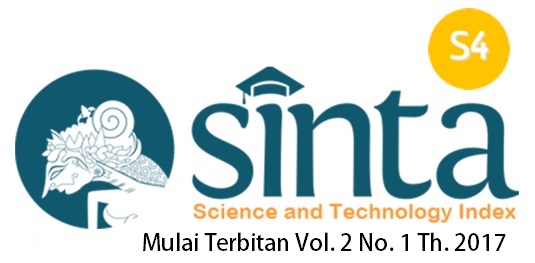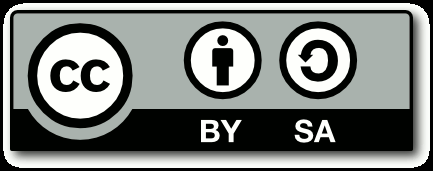Precautions for Pneumo-Orbital in Cases of Maxillofacial Trauma: Data Mining for Artificial Inteligence of Air Localization on CT-Scan
Abstract
Keywords
Full Text:
PDFReferences
Noffze MJ, Tubbs RS. René Le Fort 1869-1951. Clin Anat. 2011;24(3):278-81. [2] Kaul RP, Sagar S, Singhal M, Kumar A, Jaipuria J, Misra M. Burden of maxillofacial trauma at level 1 trauma center. Craniomaxillofac Trauma Reconstr. 2014;7(2):126-30. [3] Kunz C, Audige L, Cornelius CP, Buitrago-Tellez CH, Frodel J, Rudderman R, et al. The comprehensive AOCMF classification system: Midface fractures - level 2 tutorial. Craniomaxillofac Trauma Reconstr. 2014;7(Suppl 1):S059-67. [4] Fraioli RE, Branstetter BF, Deleyiannis FW. Facial fractures: Beyond le fort. Otolaryngol Clin North Am. 2008;41(1):51-76, vi. [5] Patel R, Reid RR, Poon CS. Multidetector computed tomography of maxillofacial fractures: The key to high-impact radiological reporting. Semin Ultrasound CT MR. 2012;33(5):410-17. [6] Bagheri SC, Holmgren E, Kademani D, Homer L, Bell RB, Potter BE, et al. Comparison of the severity of bilateral le fort injuries in isolated midface trauma. J Oral Maxillofac Surg. 2005;63(8):1123-9. [7] Brown D, Borschel G. Michigan manual of plastic surgery. Philadelphia: Lippincott Williams and Wilkins; 2004. [8] Carinci F, Zollino I, Arduino L, Brunelli G, Pagliaro F, Cenzi R. Midfacial fractures: A scoring method and validation on 117 patients. Eur J Trauma Emerg Surg. 2008;34(4):385-90. [9] Zimmer-Galler I, Bartley G. Orbital emphysema: case reports and review of the literature. Mayo Clin Proc 1994;69:115–21. [10] Yadav K, Cowan E, Haukoos JS, et al. Derivation of a clinical risk score for traumatic orbital fracture. J Trauma Acute Care Surg 2012;73:1313–8. [11] Shinohara H, Shirota Y, Fujita K. Implication of differences in the incidence of orbital emphysema in ethmoidal and maxillary sinus fractures. Ann Plast Surg 2004;53:565–9. [12] Hatton MP, Rubin PA. Management of orbital compartment syndrome. Arch Ophthalmol 2007;125:433–4; author reply 434. [13] Feyaerts F, Hermans R. The black eyebrow sign in orbital blowout fracture. JBR-BTR 2009;92:251–2. [14] Sawicki WK, Hunter G. Eyebrow sign in facial trauma. Emerg Med J 2011;28:962 [15] Hsieh J, Flohr T. Computed tomography recent history and future perspectives. J Medical Imaging 2021; 8(5):1-12
Refbacks
- There are currently no refbacks.






